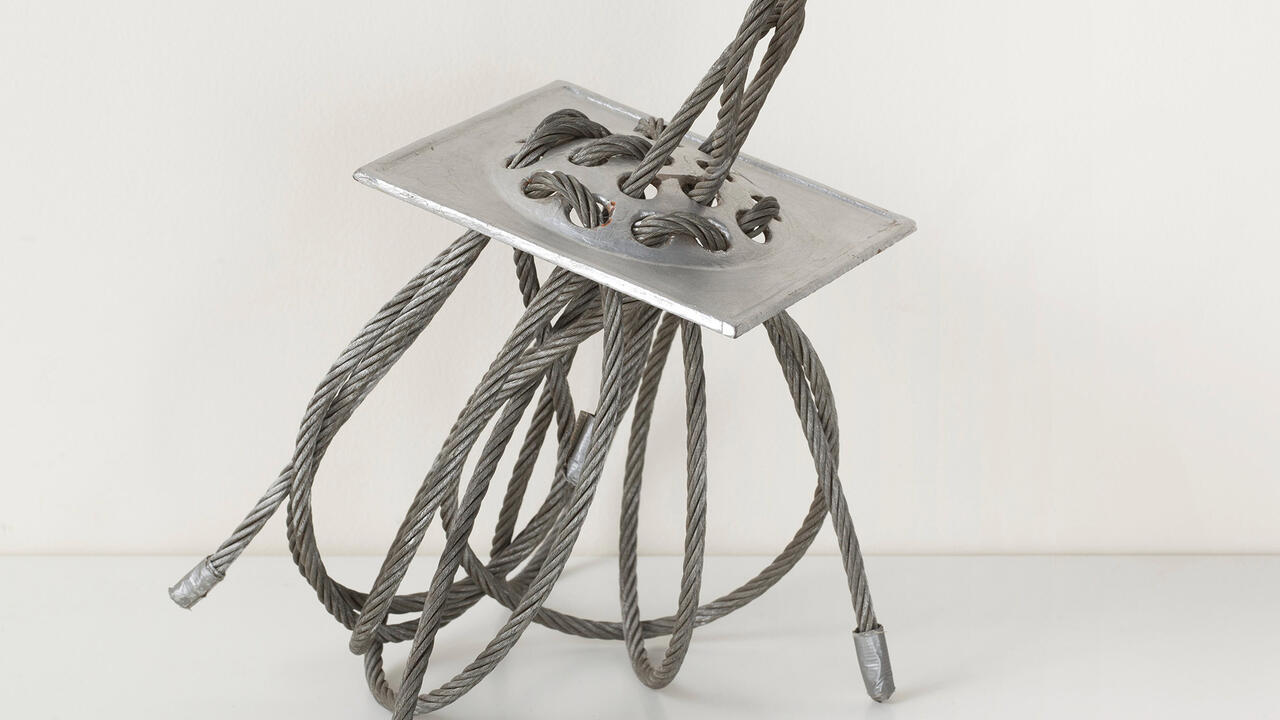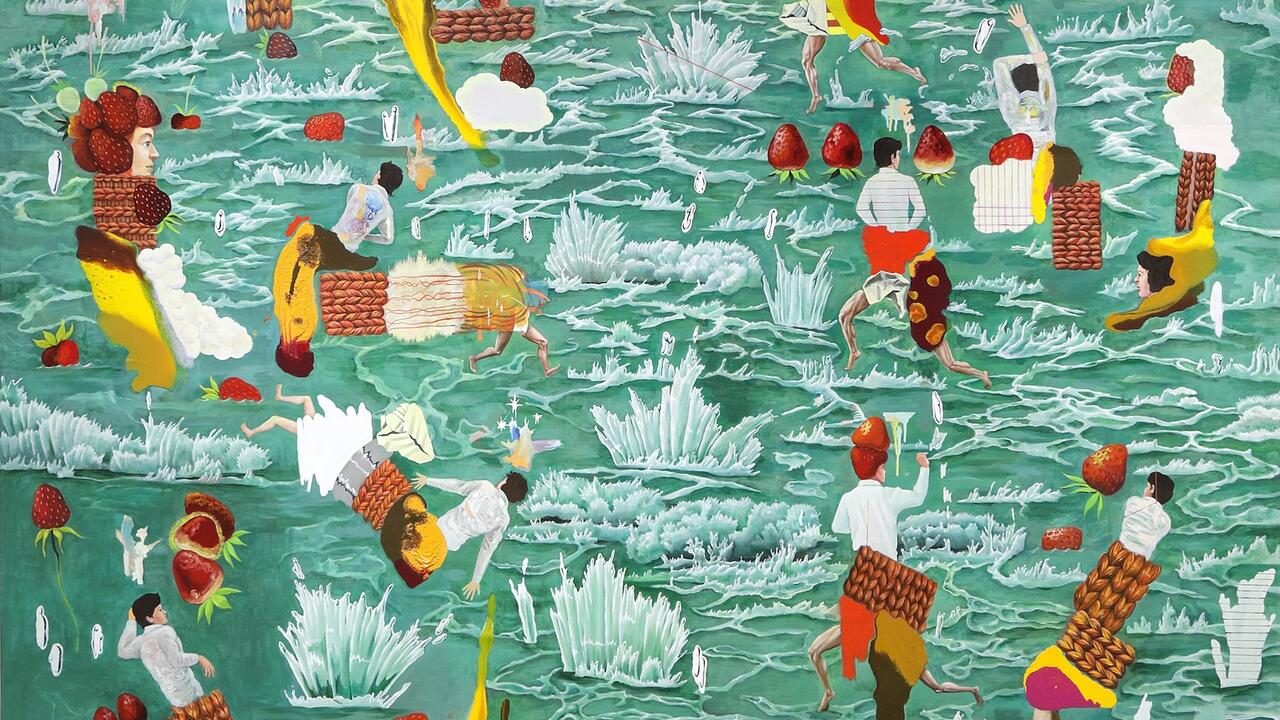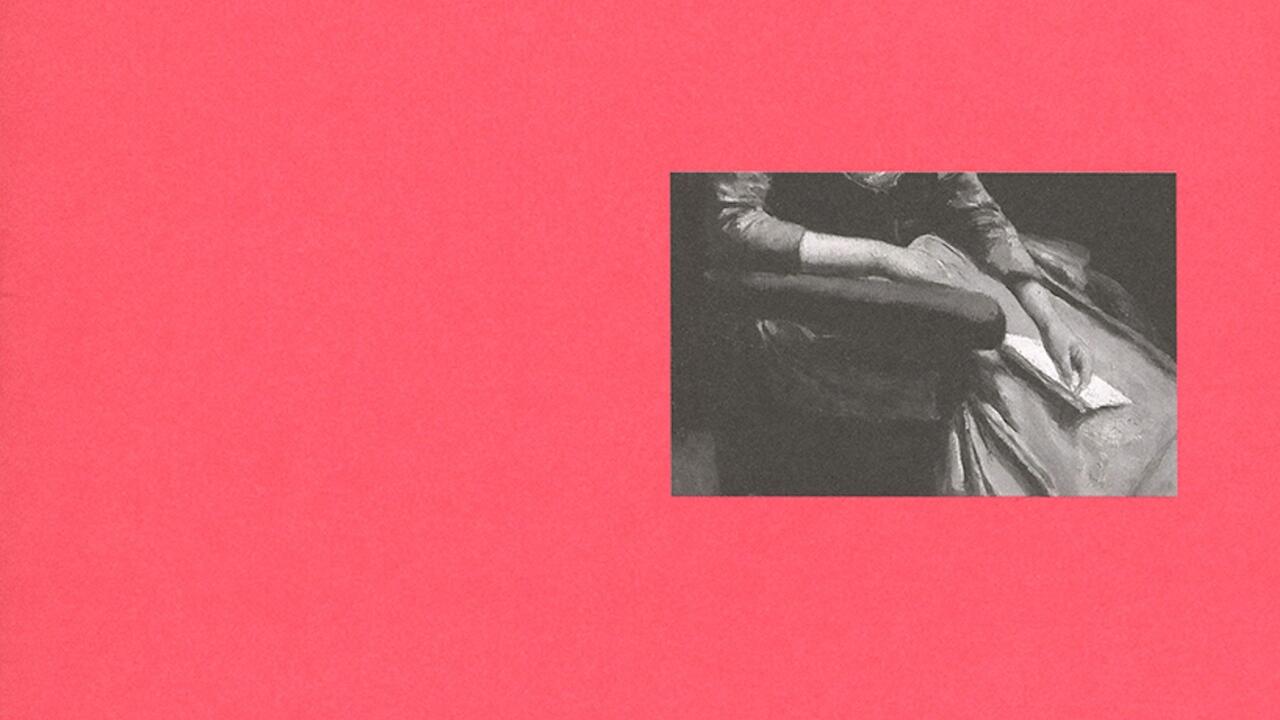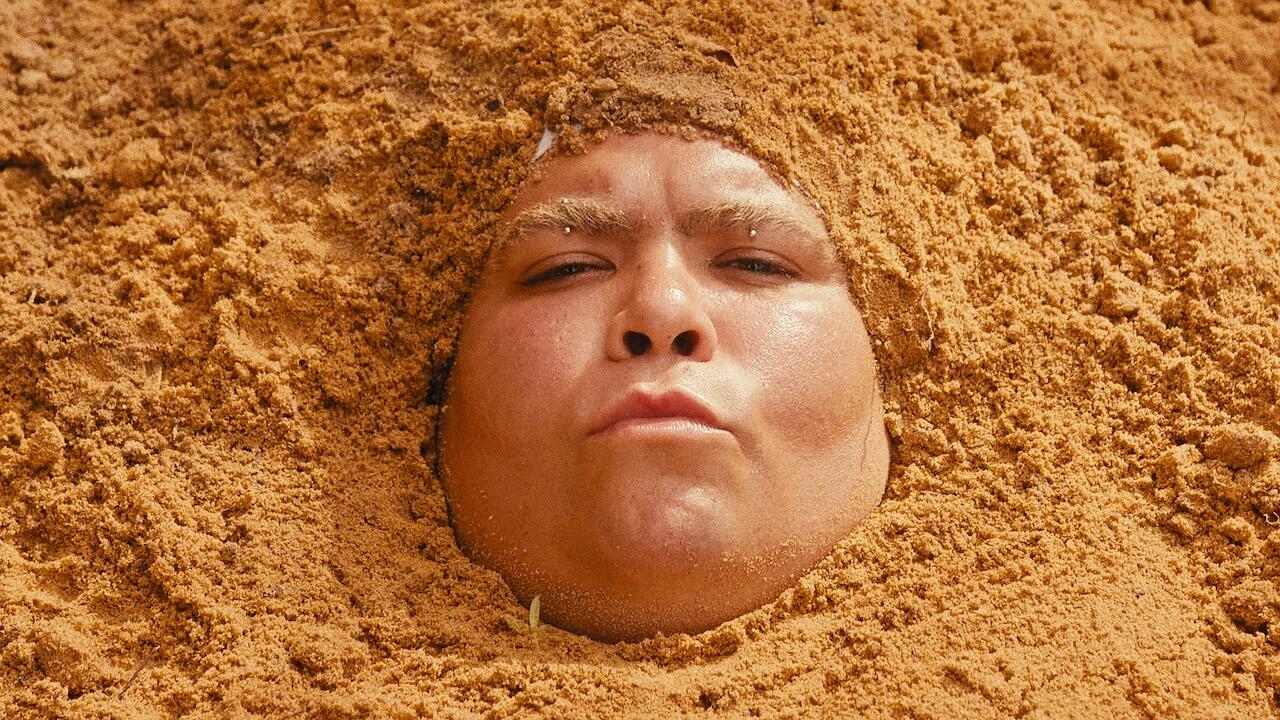The Art of Chess
A new book on Duchamp examines the relationship between chess and his artistic strategies
A new book on Duchamp examines the relationship between chess and his artistic strategies

In 1913, with light reflecting off the spokes of a spinning bicycle wheel, Marcel Duchamp asked the question that effectively altered the course of Western art: ‘Can one make works which are not works “of art”?’ Within a decade, many thought that he had completely abandoned art for chess. Yet, as Duchamp once asked Truman Capote, ‘why isn’t […] playing chess an art activity?’ Francis M. Naumann, Bradley Bailey and Jennifer Shahade, the authors of Marcel Duchamp: The Art of Chess, argue that Duchamp ‘went so far as to suggest that the activity of playing chess be considered a component of his artistic expression’, reflected in his dictum: ‘While all artists are not chess players, all chess players are artists.’ Illustrating sustained analogies between his life, work and chess, they show how Duchamp’s pursuit of chess informed his production, even during the period of his assumed artistic inactivity.
Duchamp agreed with his friend Walter Arensberg’s observation that his entire artistic production resembled the sequence of a chess game; Naumann describes the sequence, contending that Duchamp was playing ‘the entire history of western art.’ From his first major painting, 1910’s The Chess Game, through his early experiments with Cubism in Portrait of Chess Players a year later, reconfigurations of the chess theme and a rapidly developing style culminated in Nude Descending a Staircase, No. 2 (1912). In that painting, a figure, of a symmetry and geometry similar to a Staunton queen (the standard design used in tournament play since the mid-19th century), is subsumed in movement, thus breaking with Cubism and bewildering the Salon des Indépendants. Withdrawing the work from the exhibition in protest at its poor reception, Duchamp turned away from tradition to seek new subjects and techniques; having learnt the rules, he refused to play by them.
A lengthy 1963 interview with Duchamp about chess and his first ever retrospective (at the Pasadena Art Museum)
To use Naumann’s terms, Duchamp’s opening move was to develop – as with chess – an intellectual system of symbols and imagined mechanical movements between figures in his practice. This ambition was most fully realized in The Bride Stripped Bare by Her Bachelors, Even (The Large Glass) (1915–23), which Bailey takes as a focus in order to illustrate the thematic and iconographic correlation between the aesthetics and concepts of Duchamp’s artistic production and his identity as a chess player. Proposing that chess is a critical and largely unrecognized thematic element in The Large Glass, Bailey finds within the work a disguised self-portrait. Seeing what Duchamp referred to, in a separate work of 1914-5, as the nine ‘malic moulds’ of the bachelor figures, like chessmen, as standing for Duchamp, Bailey understands the piece’s representation of failed consummation as denotating the artist’s own bachelorhood, and of his suppressed sexuality. Indeed, if Man Ray is to be believed, Duchamp’s first wife glued his chess pieces to the board in frustration at his misplaced attention.
Considering the traditional symbolic functions of chess in art, before and within Duchamp’s oeuvre, Bailey’s sensitivity to the mechanics of their deployment in The Large Glass is persuasive. With Duchamp’s increasing interest in chess overlapping with his construction of the work, perhaps even causing it to be unfinished, in Bailey’s hands the piece is seen to be actually ‘approaching the condition of chess […] predicated on the ability of the viewer to operate the mechanism in the mind’s eye.’
As chess expert Shahade shows in her analysis of 15 of Duchamp’s competitive matches, the artist was a highly competent player, if, ironically, not a radical one. He represented France in the first Chess Olympiad in 1924, and co-authored a book on an obscure endgame strategy (Opposition and Sister Squares Reconciled, 1932). Yet his own artistic endgame strategy was being played out behind the scenes. Naumann suggests that Duchamp‘s decision to work on the still strange Étant donnés (1946–66) in almost absolute secrecy for 20 years, before having it revealed posthumously, was akin to a chess move that a player hopes will go undetected before leading to victory.
What was perceived as Duchamp’s artistic inactivity can thus be seen as a strategy. ‘One is inclined to look around a bit,’ he said, ‘before making a move.’ If his fulfilled aim was ‘to put painting once again at the service of the mind’, then chess was the formal and thematic point of departure from ‘retinal’ art. As Duchamp said, ‘The transformation of the visual aspect to the grey matter is what always happens in chess and what should happen in art.’ Recognizing this, Marcel Duchamp: The Art of Chess is a vital study.















